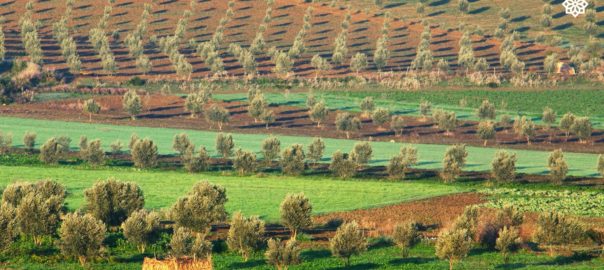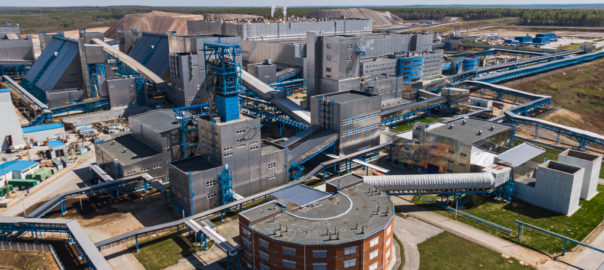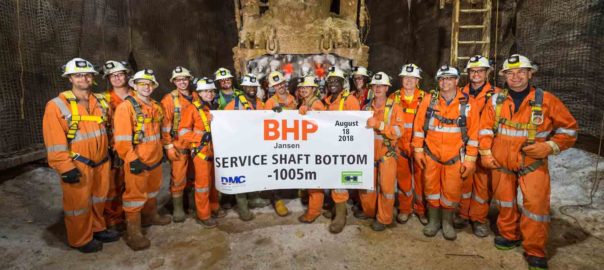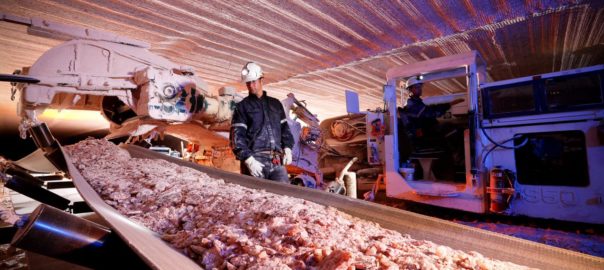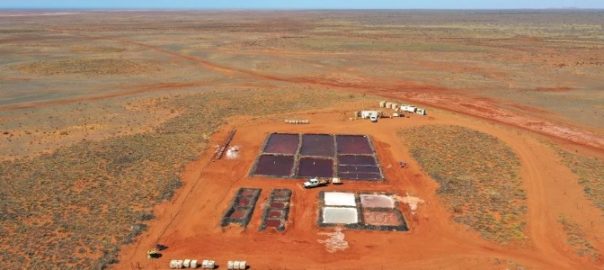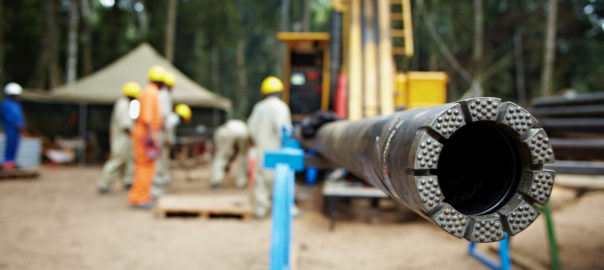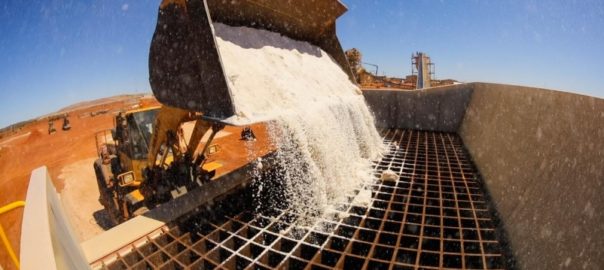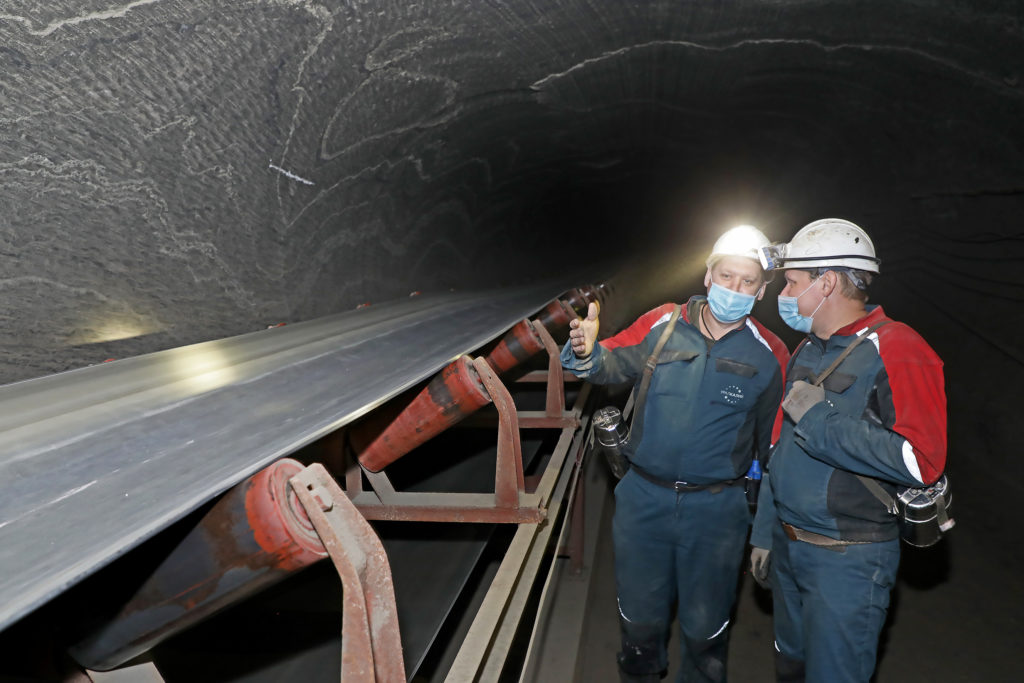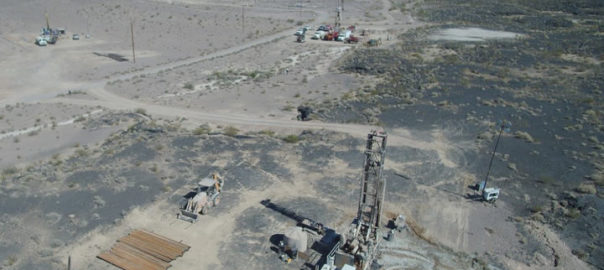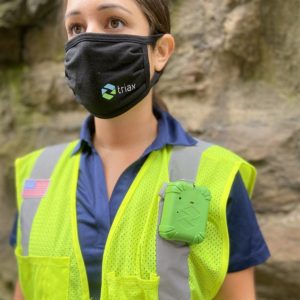Emmerson plc has awarded the first basic engineering contract for its Khemisset potash project in Morocco, with Barr Engineering set to build out the project’s mineral processing facility.
The company is moving into the pre-construction phase of development at Khemisset, which has a large JORC resource estimate of 537 Mt at 9.24% K2O. The recently feasibility study, completed by Golder Associates, outlined a project able to produce some 810,000 t/y of K60 muriate of potash during steady-state operations over the initial 19-year mine life.
The contract with Barr Engineering, an engineering and consulting firm headquartered in the US, was signed on time and within budget. It has been prioritised to address the project’s critical path focused on achieving first production in early 2024.
Emmerson expects to select the further contractor(s) for the balance of basic engineering before the end of 2021, signing contract(s) before the end of January 2022.
Graham Clarke, CEO, said: “The financing deal we secured with GSM and GQC included an upfront cash injection so that we could advance the next stage of the project’s development, the basic engineering. This is part of the upfront capital expenditure, rather than an additional cost, and moves us firmly into the pre-construction phase.
“Having already signed the contract with Barr Engineering for the mineral processing facility, we have also received bids for the balance of the basic engineering aspects of the project, comprising highways connection and site access; portal and declines; mine site infrastructure; tailings storage facility; electrical power; and water. We expect to be able sign contracts for these before the end of January 2022 so that this work can be dual tracked with the due diligence phase of the lending banks syndicate.”







